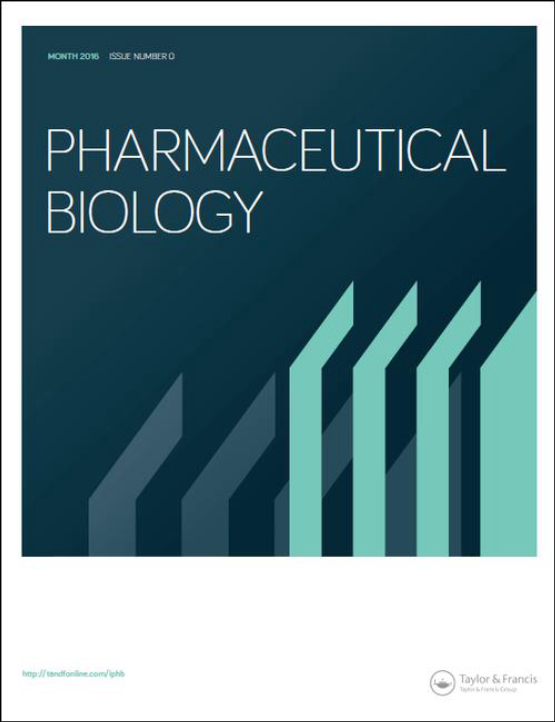Submit a Manuscript to the Journal
Pharmaceutical Biology
For an Article Collection on
Therapeutic Effect of Cyclodextrins in Diseases
Manuscript deadline


Article collection guest advisor(s)
Prof. Dr. Yong Chen,
College of Pharmacy, Nanchang University, Nanchang, Jiangxi, China Institute for Advanced Study, Nanchang University, Nanchang, Jiangxi, China
dr_yongchen@hotmail.com
Prof. Dr. Meiying Ao,
Discipline of Chinese and Western Integrative Medicine, School of Traditional Chinese Medicine, Jiangxi University of Chinese Medicine, Nanchang, Jiangxi, China
15870687101@163.com
Therapeutic Effect of Cyclodextrins in Diseases
Cyclodextrins (CDs) are cyclic oligosaccharides made up of various numbers of a-(1,4)-linked glucopyranose subunits, including alpha-cyclodextrin (α-CD; six subunits), beta-cyclodextrin (β-CD; seven subunits), and gamma-cyclodextrin (γ -CD; eight subunits). These cyclodextrins are naturally produced by the enzymatic hydrolysis of starch. To improve some properties (e.g., water solubility), many derivatives of cyclodextrin have been developed e.g., methyl- β -cyclodextrin (MβCD) and 2-hydroxypropyl-β-cyclodextrin (2-HPβCD), two derivatives of β -CD. Native cyclodextrins and their derivatives have a barrel-like structure with a hydrophobic internal cavity surrounded by a hydrophilic outer surface. This special structural property makes cyclodextrins able to deliver or remove small molecules (particularly hydrophobic molecules) to or from targets (e.g., cells or tissues).
Therefore, cyclodextrins have long been used as potent carriers or excipients (e.g., in the form of drug-cyclodextrin inclusion complexes) in pharmaceuticals due to their ability to deliver drugs to targets. On the other hand, free cyclodextrins also have been widely used to regulate the fluidity/stiffness of cells or the size of lipid/membrane rafts on cells by depleting lipids (e.g., cholesterol) from living cells due to their ability to remove molecules from targets. In the latest decade, accumulating evidence supports that free cyclodextrins have therapeutic effects in treating different diseases including cancers, Niemann-Pick type C (NPC) disease, atherosclerosis, Alzheimer's disease, and others due to their ability to remove molecules from targets.
This article collection focuses on the therapeutic effect of free cyclodextrins in any diseases. The studies on drug-cyclodextrin inclusion complexes are also acceptable if the therapeutic role of the cyclodextrin part instead of the drug part of inclusion complexes is investigated. Original research articles and review articles are welcome, and other article types are also considerable.
All manuscripts submitted to this Article Collection will undergo desk assessment and peer review if they can pass the desk assessments as part of our standard editorial process; the Guest Advisor for this Collection will not be handling the manuscripts (unless they are an Editorial Board member).
Please review the journal scope and author submission instructions before submitting a manuscript.
The deadline for submitting manuscripts is 31 December 2025.
Please contact Catherine Teng at catherine.teng@taylorandfrancis.com with any queries and discount codes regarding this Article Collection.
Benefits of publishing open access within Taylor & Francis
Global marketing and publicity, ensuring your research reaches the people you want it to.
Article Collections bring together the latest research on hot topics from influential researchers across the globe.
Rigorous peer review for every open access article.
Rapid online publication allowing you to share your work quickly.
Submission Instructions
All manuscripts submitted to this Article Collection will undergo desk assessment and peer-review as part of our standard editorial process. Guest Advisors for this collection will not be involved in peer-reviewing manuscripts unless they are an existing member of the Editorial Board. Please review the journal Aims and Scope and author submission instructions prior to submitting a manuscript.
